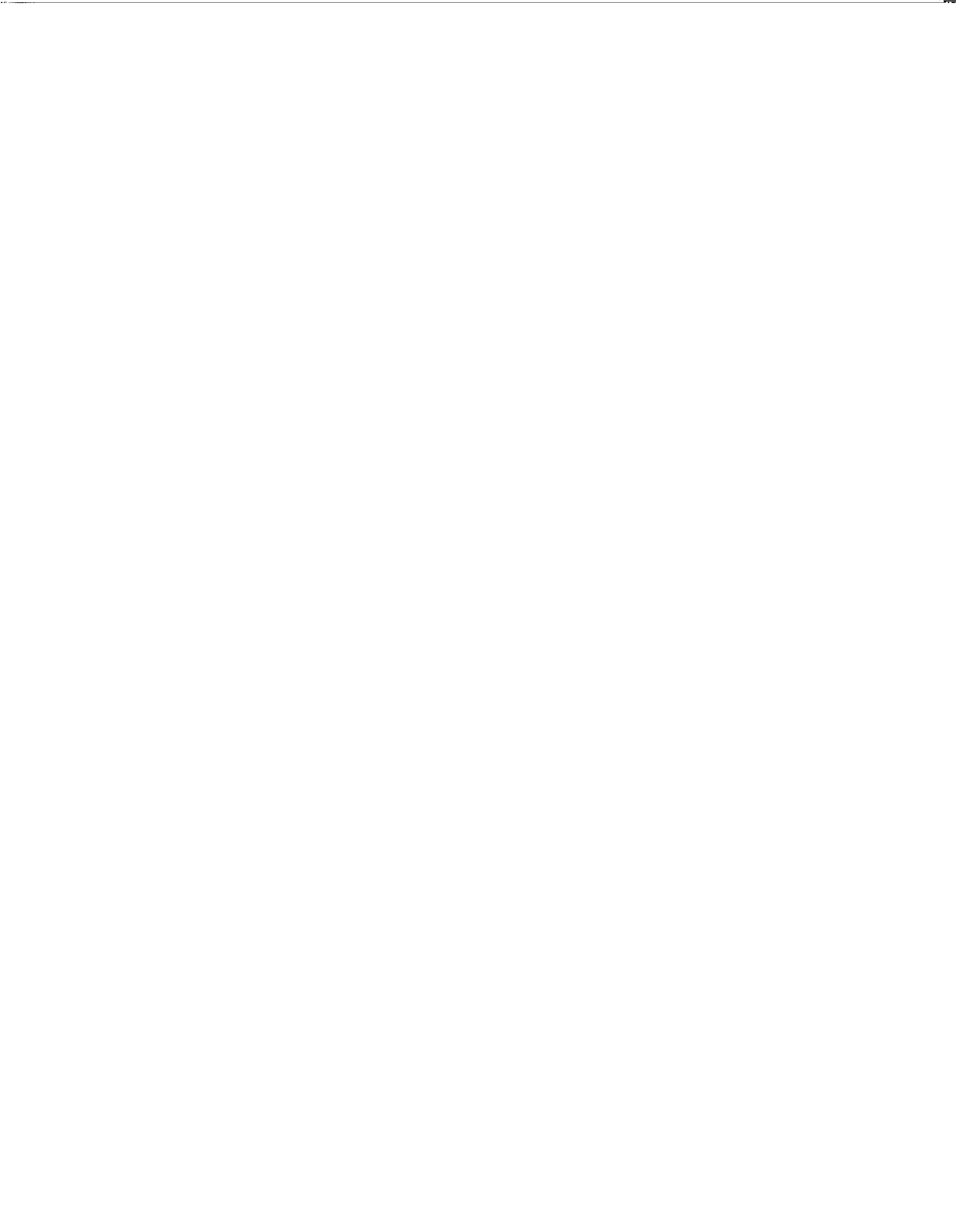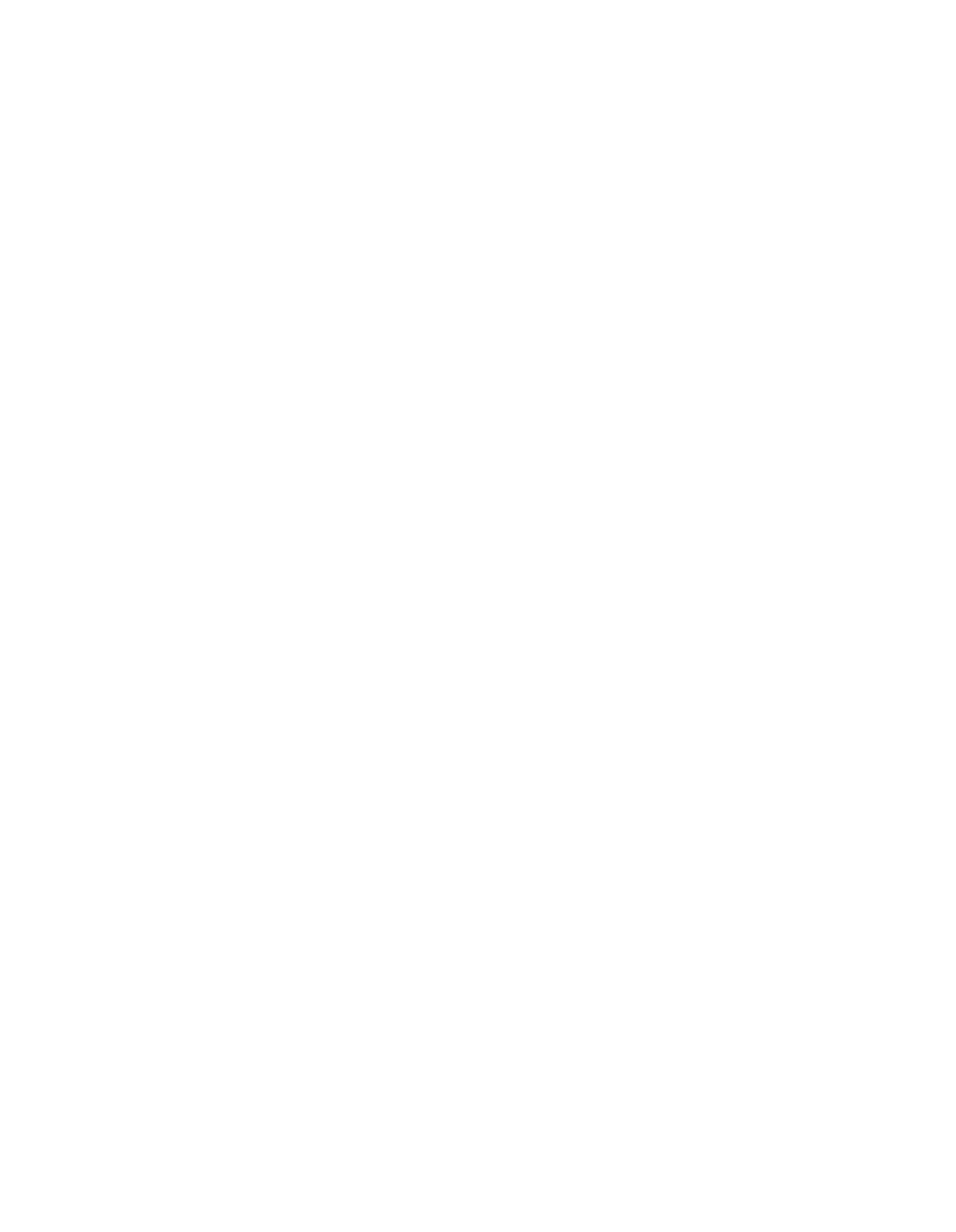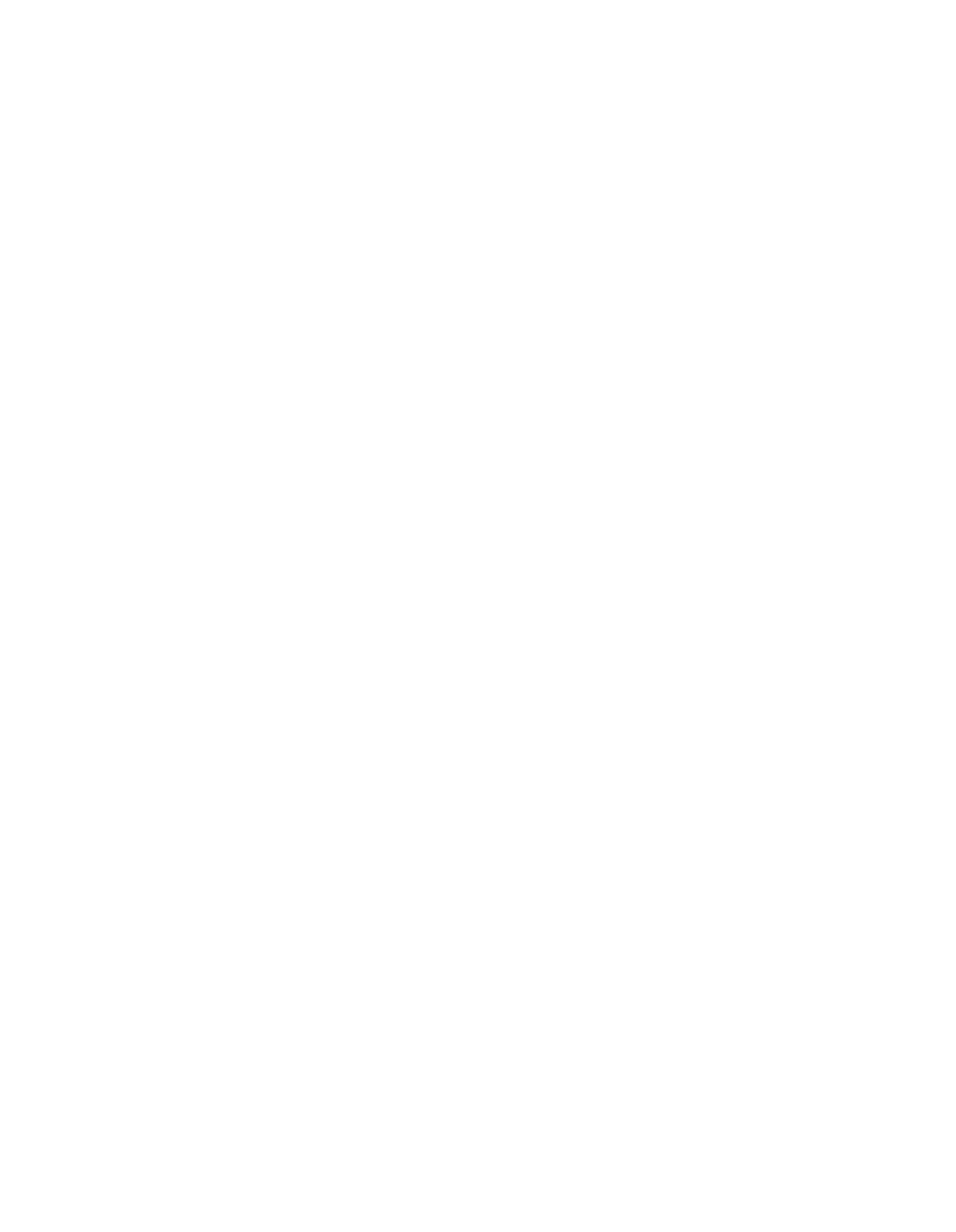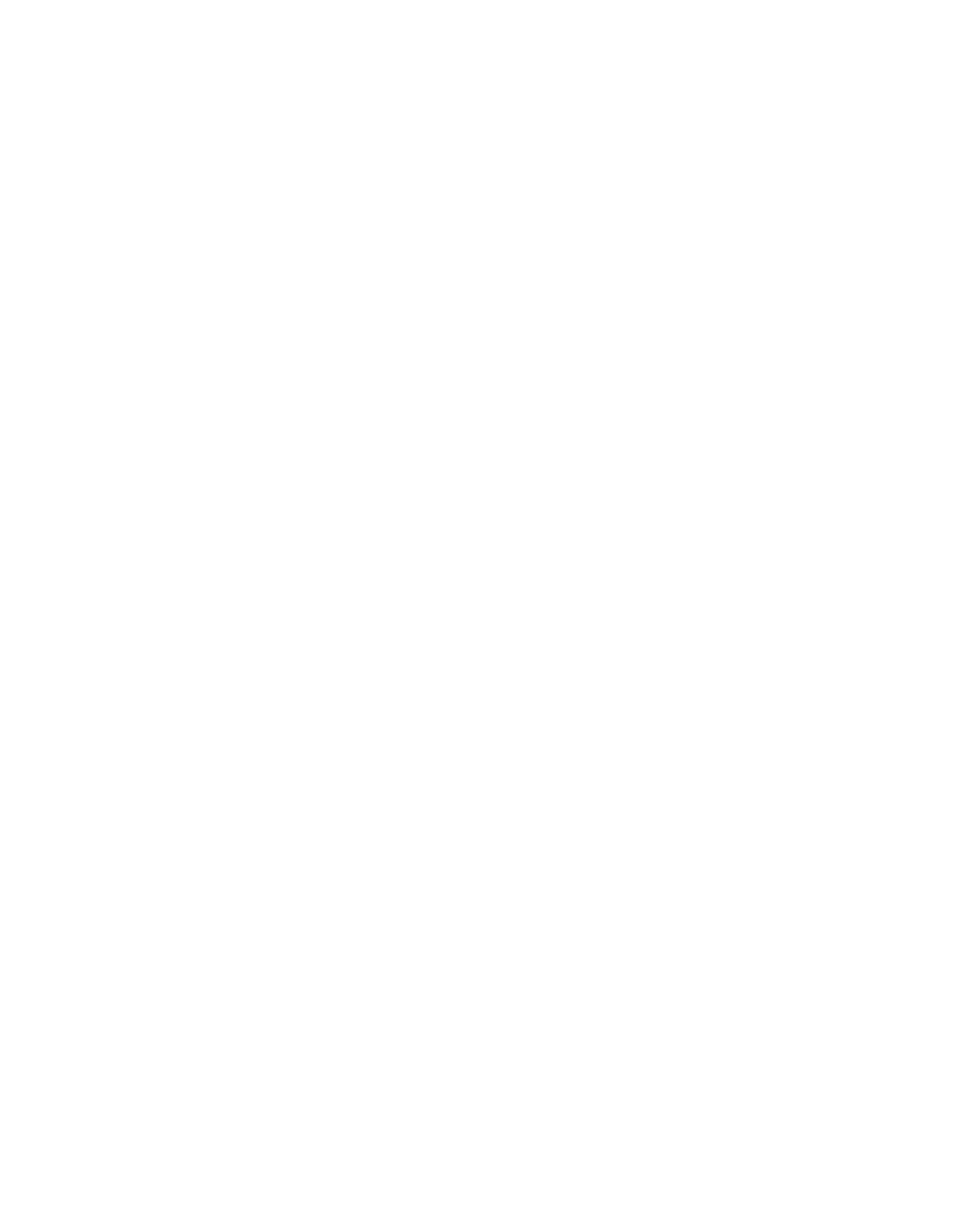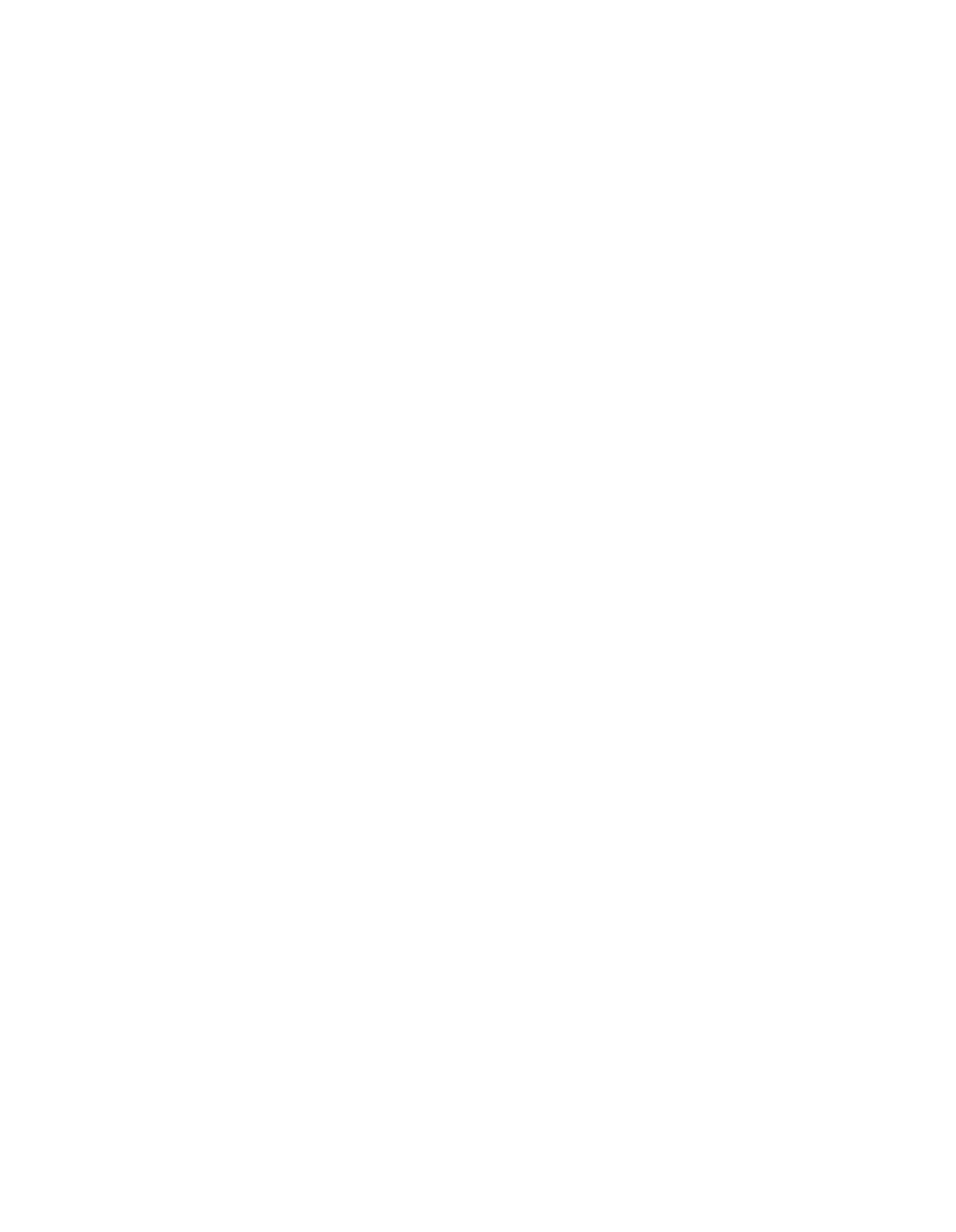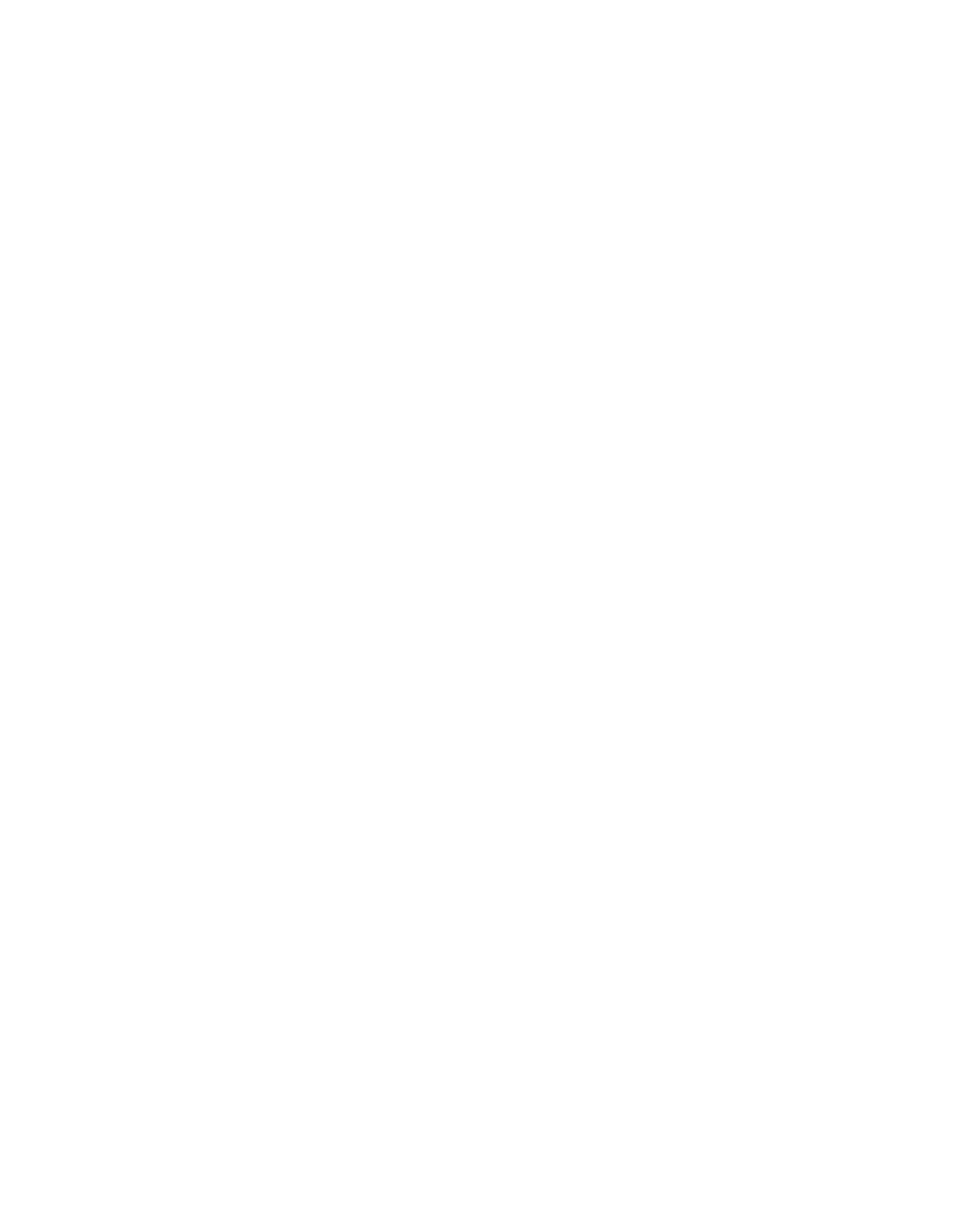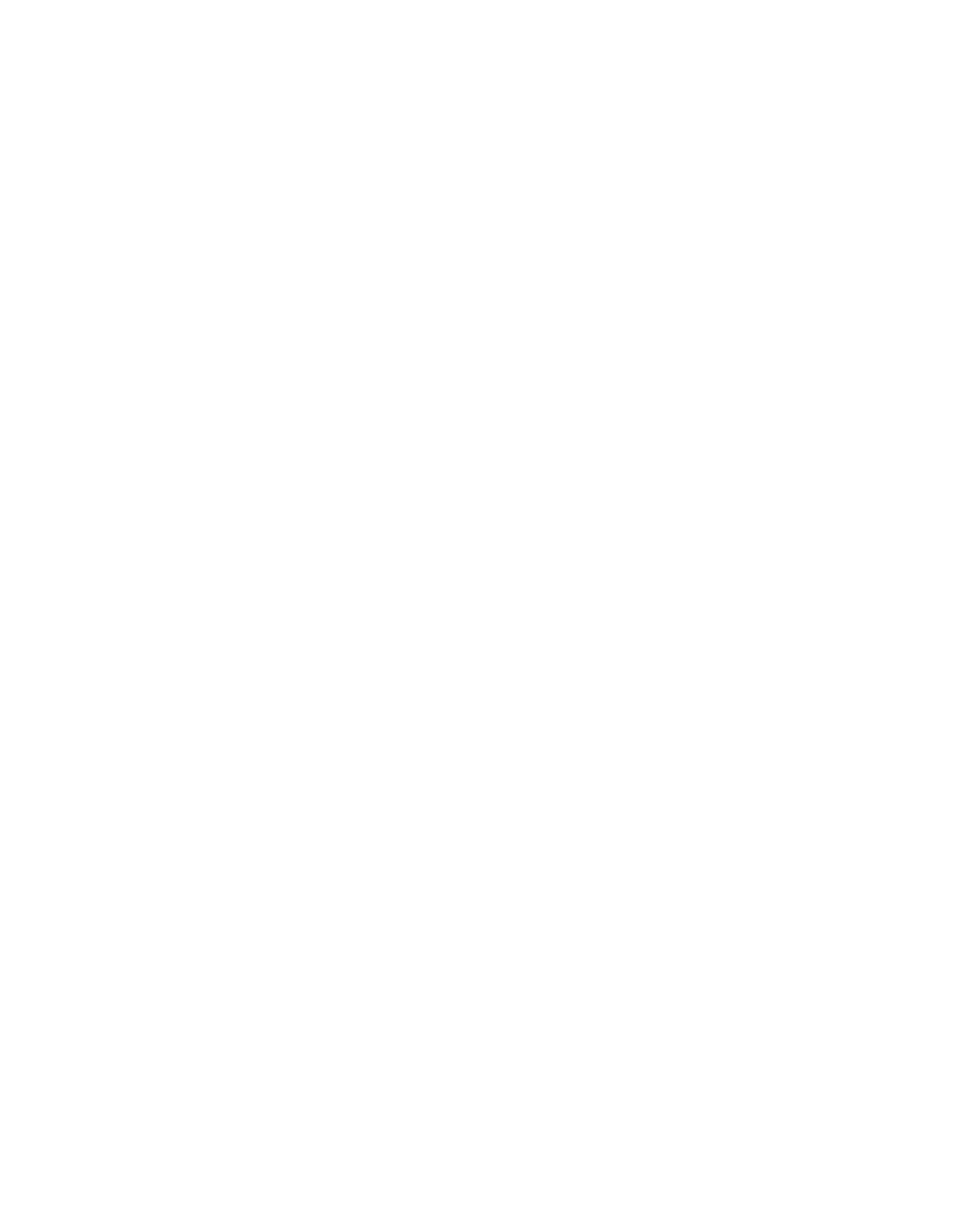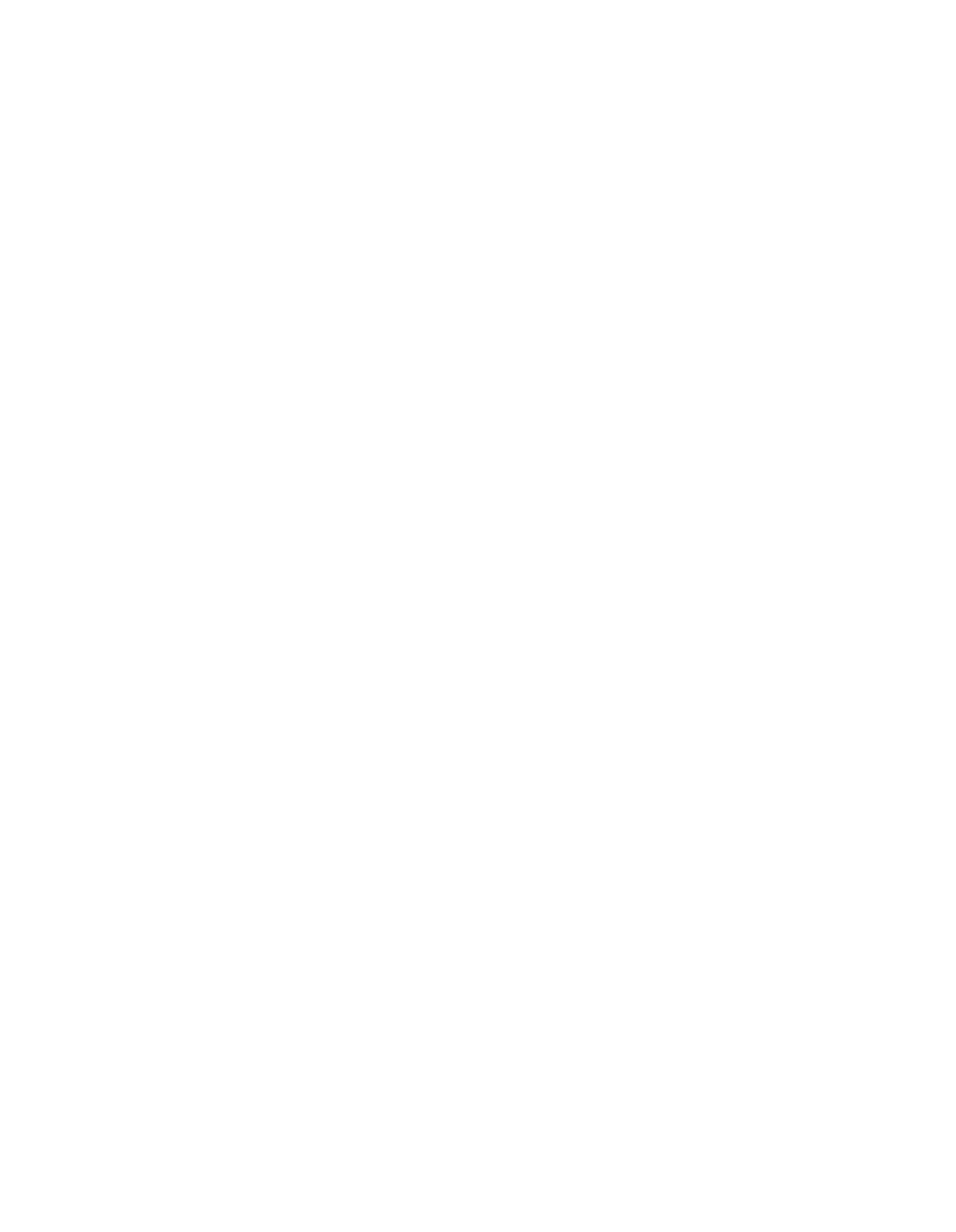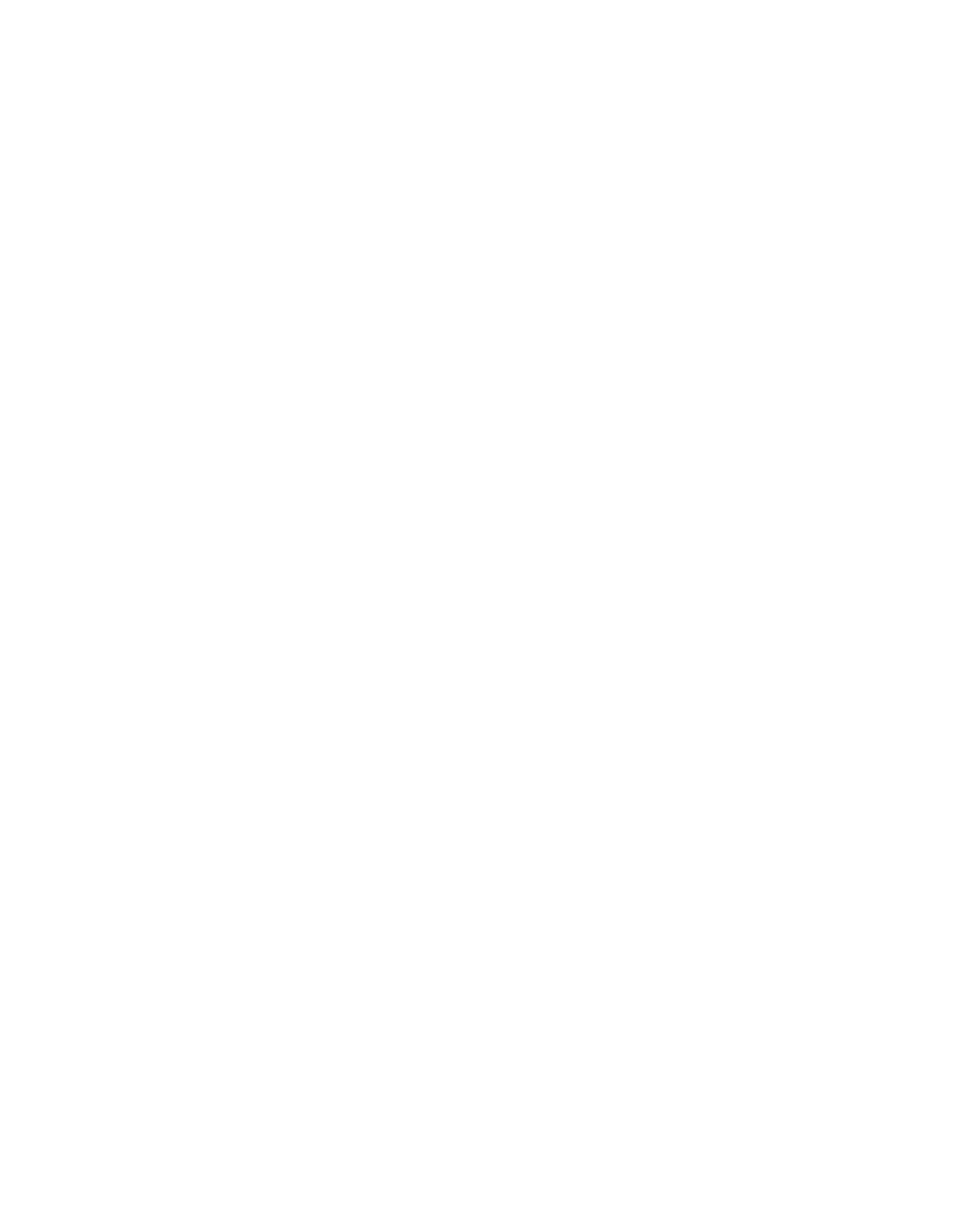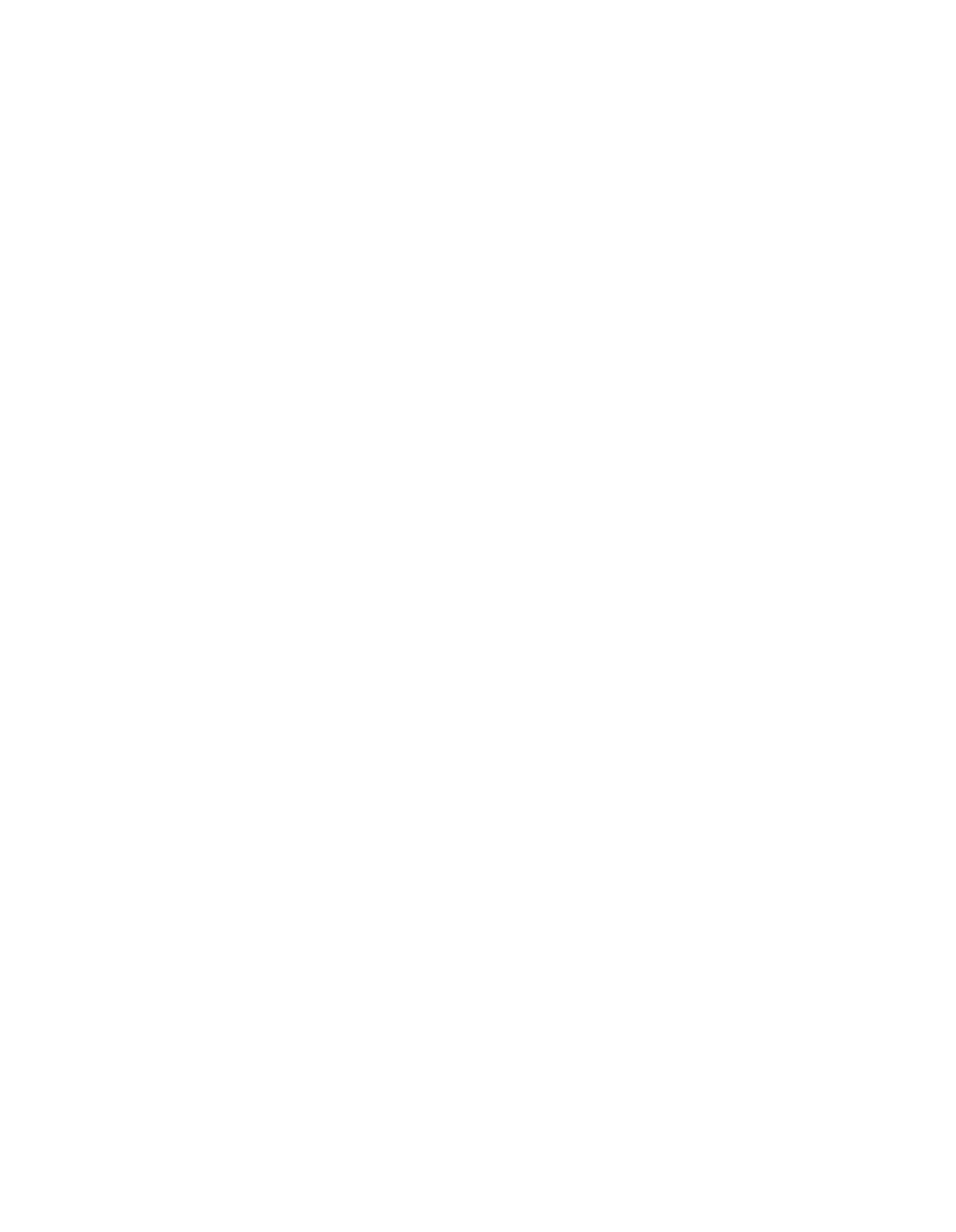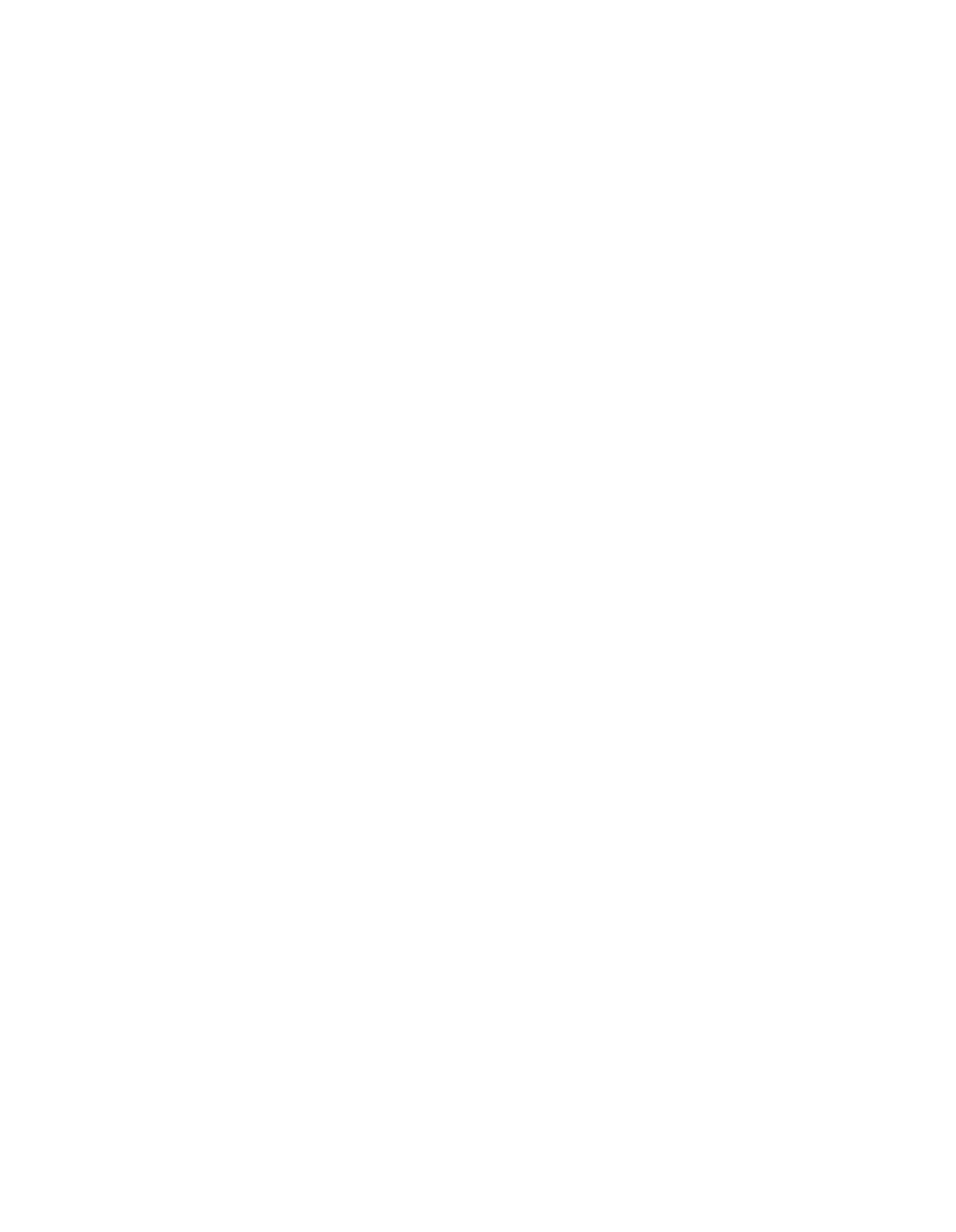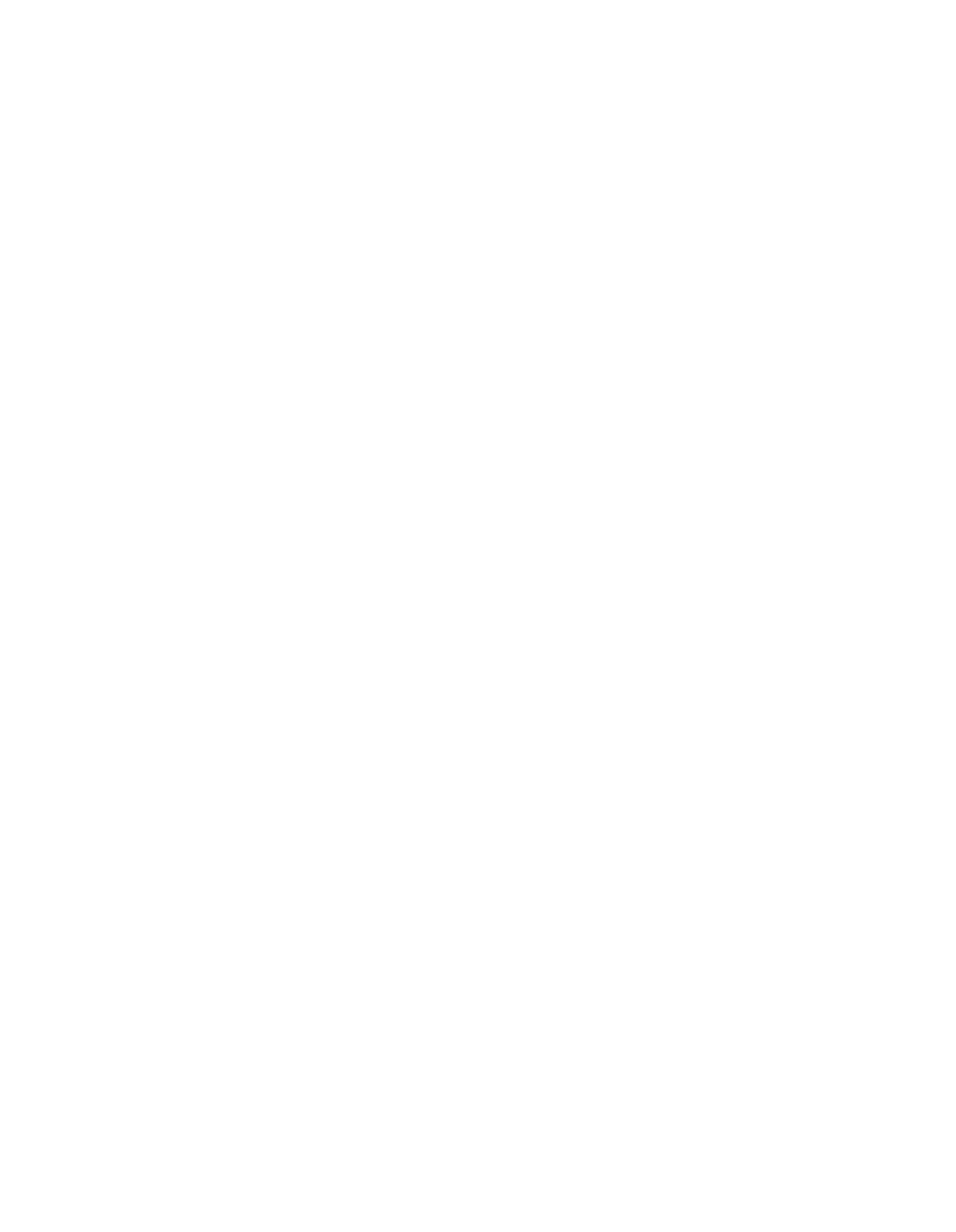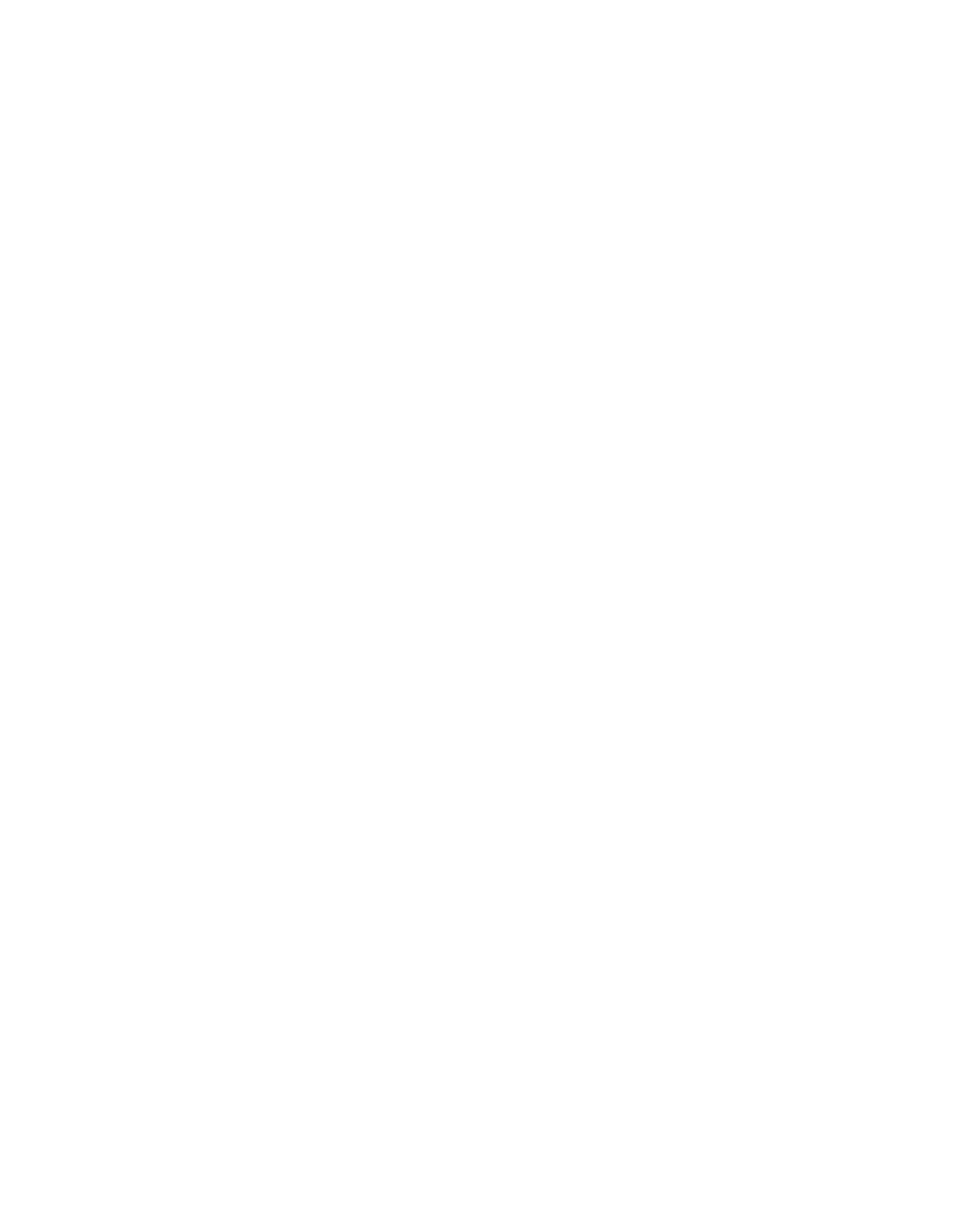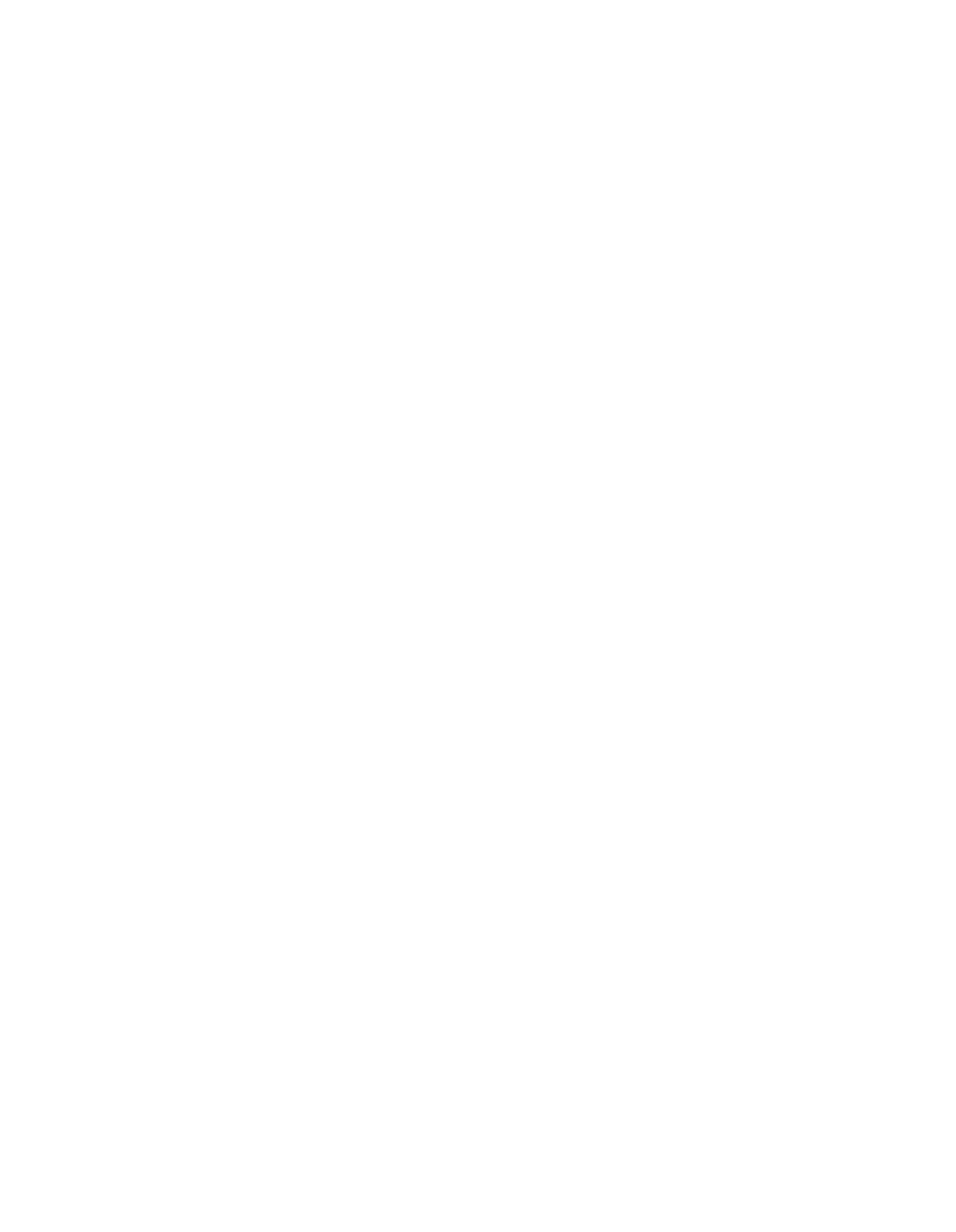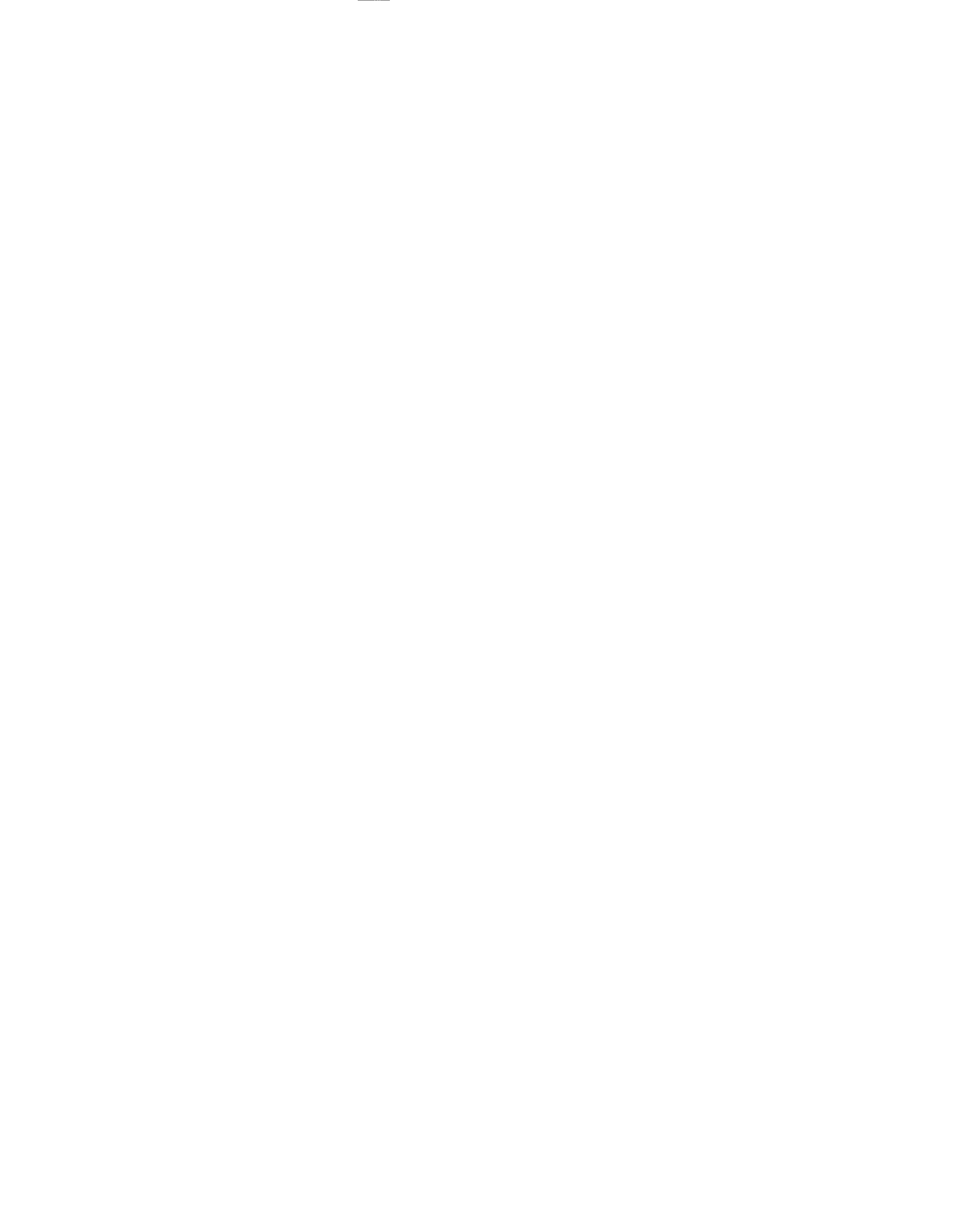RE CE
V E
CLERK’S OFACE
APR O~2O~5
BEFORE THE ILLiNOIS POLLUTION CONTROLBOARII~TATE
OF ILUNOIS
PoHut~onContro’ Board
IN THE MATTER OF:
PROPOSED AMENDMENTS TO
EXEMPTIONS FROM STATE
PERMITTING REQUIREMENTS
(35
ILL. ADM. CODE 201.146)
)
NOTICE OF FILING
TO:
Ms. Dorothy M. Gunn
Clerk ofthe Board
Illinois Pollution Control Board
100 West Randolph Street
Suite 11-500
Chicago, Illinois
60601
(VIA
FIRST CLASS
MAIL)
Ms. Amy Antoniolli
Hearing Officer
Illinois Pollution Control Board
100 West Randolph Street
Suite 11-500
Chicago, Illinois
60601
(VIA FIRST CLASS
MAIL)
(PERSONS ON ATTACHED SERVICE LIST)
PLEASE TAKE NOTICE that I have today filed with the Office ofthe Clerk of
the Illinois Pollution Control Board
an original and nine copies ofthe PRE-FILED
TESTIMONY OF
KATHERINE D.
HODGE
ON BEHALF
OF THE ILLINOIS
ENVIRONMENTAL
GROUP IN SUPPORT OF
R05-19, copies ofwhich are
herewith served upon you.
Dated:
April
1, 2005
Respectfully submitted,
ILLINOIS ENVIRONMENTAL
REGULATO
Y GROUP
By:/~~
One ofIts Attorneys
N. LaDonna Driver
Jeanne B. Heaton
HODGE DWYER ZEMAN
3150 Roland Avenue
Post Office Box
5776
Springfield, Illinois
62705-5776
(217) 523-4900
Robert A. Messina
General Counsel
Illinois Environmental Regulatory Group
3150 Roland Avenue
Post Office Box 5776
Springfield, Illinois
62705-5776
(217) 523-4942
)
)
R05-19
)
(Rulemaking
-
Air)
)
)
THIS FILING SUBMITTED
ON RECYCLED PAPER
CERTIFICATE OF SERVICE
I, N. LaDonna Driver, the undersigned, certify that I have served the attached
TESTIMONY OF KATHERiNE D. HODGE ON BEHALF OF THE ILLINOIS
ENVIRONMENTAL REGULATORY GROUP
IN SUPPORT
OF R05-19 upon:
Ms. Dorothy M. Gunn
Clerk of the Board
Illinois Pollution Control Board
100 West Randolph Street
Suite 11-500
Chicago, Illinois
60601
Matthew Dunn, Chief
Division ofEnvironmental Enforcement
Office ofthe Attorney General
188 West Randolph Street, ~
Floor
Chicago, Illinois
60601
Heidi E. Hanson, Esq.
H.E. Hanson, Esq. P.C.
4721
Franklin Avenue
Suite
1500
Western Springs, Illinois
60558-1720
A.D. Volz
OSF Healthcare Systems
800 N.E. Glen Oak Avenue
Peoria, Illinois
6 1603-3200
Howard Chum, C.E.
Environmental Bureau
Illinois Attorney General’s Office
188 West Randolph Street
20th
Floor
Chicago, Illinois
60601
Ms.
Patricia F. Sharkey
Mayer,
Brown, Rowe & Maw, LLP
190 South LaSalle Street
Chicago, Illinois
60603
Charles E. Matoesian
Division of Legal Counsel
Illinois Environmental Protection Agency
1021 North Grand Avenue East
Post Office Box 19276
Springfield, Illinois
62794-9276
Rosemarie Cazeau, Esq.
Office ofthe Attorney General
188 West Randolph Street
20th
Floor
Chicago, Illinois
60601
Amy Antoniolli
Illinois Pollution Control Board
100 West Randolph
Suite 11-500
Chicago, Illinois
60601
Mr. ChristopherNewcomb
Kavagonis, White & Mogel, Ltd.
414 North Orleans
Suite
810
Chicago, Illinois
60610
Mr. Rodney Harper
Rush Oak ParkHospital
520 South Maple Avenue
Oak Park, Illinois
60304
Mr. Michael Severns
Bodine Environmental Services, Inc.
5350 E. Firehouse Road
Decatur, Illinois
62521
Mr. Bruce Nilles
Sierra Club
214 North Henry
Suite 203
Madison, Wisconsin
53703
by depositing said documents in the United States Mail, postage prepaid, in Springfield,
Illinois, on April
1, 2005.
N. LaDonria Driver
IERG:OO1/R-Dockets/Fil/R05- 1 9/COS —KDH Testimony
BEFORE THE ILLINOIS POLLU1~)NCONTRQL BOARD
IN THE MATTER OF:
)
)
sii~1E
~
Boa~
PROPOSED AMENDMENTS TO
)
~O~S~-
19
EXEMPTIONS FROM STATE
)
(Rulemaking
-
Air)
PERMITTING REQUIREMENTS
)
(35
ILL. ADM. CODE 201.146)
)
PRE-FILED TESTIMONY OF
KATHERINE D. HODGE ON BEHALF OF THE ILLINOIS.
ENVIRONMENTAL REGULATORY GROUP
IN SUPPORT OF R05-19
I.
INTRODUCTION:
Thank you for the opportunity to offer testimony in this proceeding.
My name is
Katherine D. Hodge, and I am the Executive Director of the Illinois Environmental
Regulatory Group, which I will refer to
as “ERG”.
ERG is an affiliate ofthe Illinois
State Chamber ofCommerce.
Overthe last several years,
ERG has worked with the
Illinois Environmental Protection Agency (“Illinois EPA”) to identify potential areas
where innovation and improvements to
environmental permitting would assist both the
State and the regulated community.
While ERG and the Illinois EPA continue to work
towards additional changes in the permitting system, our talks to date have led to the
proposed rulemaking before the Illinois Pollution Control Board (“Board”) today.
II.
HISTORICAL OVERVIEW OF THE PROCESS LEADING UP TO THIS
RULEMAKING
This proposed rulemaking focuses on air permitting and it contains language
agreed to by both parties.
I would
like to describe for you the background and the
research which led to the submittal oftoday’s proposal.
Data from Illinois EPA,
originally collected in 2000 and 2001, showed that a large number ofair permits were
issued for projects with low levels of emissions.
ERG also collected data from
surrounding Region V states regarding the numbers and types ofair permits processed in
each state.
ERG has recently reviewed and updated this data and has conducted an in-
depth analysis ofcurrent laws and regulations on air permitting in other Region V states.
Our discussions with Illinois
EPA and our analysis ofthe data collected have led ERG to
conclude that theproposed changes in the Illinois
air permitting scheme are overdue, as
discussed below.
III.
ANALYSIS
OF DATA
AND
CONCLUSIONS
DRAWN
FROM THE DATA
Our initial investigation into the nature ofair construction permits issued in
Illinois uncovered a rather startling fact:
approximately 70
of all construction permits
issued in 2000 —2001 were for no emission increases or for emission increases ofless
than one ton per year.
This finding indicated the potential for elimination ofa large
percentage of such construction permits.
(The attached Exhibit #1
provides the
referenced 2000-200 1 permit data and associated emission increases.)
The major revelation from ERG’s research into the permitting schemes in other
Region V states is that these states have taken a broad approach to streamlining.
(The
attached Exhibit #2 summarizes air permit streamlining efforts in other Region V states.)
For example, Indiana has
de
minimis
emission permit exemptions, categorical permit
exemptions, notice-only requirements for certain types of changes, permits by rule, and
so forth.
Note that the emission thresholds associated with these various streamlining
components are far higher than those in today’s proposed rulemaking.
Currently, Illinois
is the only state in Region V that does not have at least some
form of
de mm/mis
permit exemption.
The proposal before the Board today is a very
moderate approach to permit streamlining.
While we cannot provide a precise figure as
2
to the number ofpermits that will be eliminated by this proposal, our prior research,
summarized in Exhibit #1, indicated that many permits have the potential to
fall within
the proposed exemptions.
It is clear from the data and from the progress being made in surrounding Region
V states that Illinois must proceed with air permit streamlining.
As a first step, ERG and
the Illinois EPA have identified a number ofminor source permits whose elimination
would have
little or no environmental impact.
This proposal is directed to those sources.
IV.
PHASE I OF THE ILLINOIS
AIR
PERMIT STREAMLINING EFFORT
Today’s proposal begins the process of improving the Illinois air permitting
system.
The proposal adds to
the already established list of construction and operating
permit exemptions, by establishing new permitting exemptions for:
A.
New or replacement air pollution control equipment in specified
situations.
(Proposed 35
Ill. Admin.
Code
§
201.146 (hhh).);
B.
Emission units which are replaced, added ormodified at FESOP facilities
where the potential to emit ofthe new unit or the increase in potential to emit from the
modification of an existing unit is
less than .01
pound per hour or 0.44 tons per year, in
specific circumstances.
(Proposed
35 Ill. Admin. Code
§
201.146 (iii).);
C.
Emission units which are replaced, added or modified at non-major and
non-FESOP sources where the potential to emit of the new unit or the increase in
potential to emit from the modification of an existing unit is less than 0.1
pound per hour
or 0.44 tons per year; or less than
0.5
pound per hour with prior notice to Illinois EPA, in
specific circumstances.
(Proposed 35
Ill. Admin.
Code
§
201.146 (jjj.);
and,
3
D.
CAAPP source insignificant activities as already defmedby current
CAAPP permitting rules.
(Proposed 35
Ill. Admin.
Code
§
201.146
(kIck).)
V.
RATIONALE FOR
AND
BENEFITS
OF THE
PROPOSAL
The benefits from adoption ofthis rulemaking for Illinois
citizens, government
and the business community are many and varied.
The first benefit is that the rulemaking
could actually lead to improvements in the state’s air quality by freeing up the regulators
to concentrate on permit actions involving something more than minimal emissions.
During our earlier discussions with Illinois EPA, Illinois
EPA noted that ofthe nearly
7,000 sources permitted by the Division ofAir Pollution Control, less than
5
ofthose
sources are responsible for a great majority of Illinois’
total emissions.
These figures
make it obvious that the regulators should focus on these facilities to
achieve the greatest
environmental benefits.
Adopting the proposed air permitting exemptions will allow better allocation of
Illinois EPA resources, which are currently permitting many minor emission projects.
At
the least, reducing the number ofpermit applications required to be reviewed by the
Illinois EPA should help the Illinois EPAmore efficiently and more quickly handle the
remaining permit applications.
This reallocation ofIllinois EPA resources is
especially
crucial during the current period ofstate budget constraints.
Because the emissions targeted by this rulemaking for exemption are minor, there
will be little or no environmental impact from the change.
Projects that involve more
than approximately 0.5
ton ofemissions, or 2 tons where prior notification is given, will
not be impacted by this rulemaking.
Also, the proposal contains constraints on utilizing
the exemptions where such requirements as New Source Performance Standards, New
4
Source Review
and National Emission Standards forHazardous Air Pollutants would be
triggered.
The business community in Illinois will also benefit from adoption of this
proposal.
Improvements to the permitting process in Illinois will allow businesses to start
operation or change production methods more efficiently, allowing them to stay more
competitive in today’s global market.
Delays
in permitting issuance frequently result in
financial losses.
•The streamlining oftoday’s proposal will allow businesses to make
more timely improvements, eliminating
idle time and waste involved in waiting on
permit issuance, without reducing environmental protection.
VI.
CONCLUSION
For the reasons discussed above, we urge the Illinois Pollution Control Board to
move forward expeditiously with the proposed rulemaking.
Although ERG hopes to
return with additional air permit streamlining proposals in the near future, today’s
proposed rule is a good first step in bringing Illinois in line with neighboring Region V
states and with the times.
5
Exhibit I
Summary of Permitting Actions
by Illinois Environmental Protection Agency, Bureau of Air
(2000 and
2001)
2000
Type
Operating Permits
Total Construction Permits
Construction
Permits for
Increases 1.0
Ton
FESOP
552
121
92
State
6000
886
595
Title V
882
673
466
2001
.
Type
Operating Permits*
Total Construction Permits
Construction Permits for
Increases 1.0
Ton
FESOP
550
132
111
State
6000
749
506
Title V
880
527
331
*
Numbers are approximate
.
EXHIBIT 2
INDIANA AIR PERMITTING
Streamlining Focus
I.
DeMinimis
Emissions Exemption
--
A minor source exemption from permitting and
registration for any new emission unit or modification ofan
existing source at PTE levels less
than1:
-10 tons per year ofSO2, NOx, or VOC
-5
tons ofPM or PM10, hydrogen sulfide, total reduced sulfur, reduced sulfur compounds,
fluorides; or VOC for sources that require the use ofair pollution control equipment to
comply with the applicable VOC provisions
-25
tons ofCO
-0.2 ton oflead;
and
-l
ton of any single HAP
or
2.5
tons ofany combination oflisted HAPs.
II.
Categories for Streamlined Permitting
(Construction Permit Emphasis)
A.
Exemptions.
(326 IAC 2-1.1-3)
Exemption
from registration and permitting
requirements, etc., if the source is under designated emissions thresholds or included in extensive
list ofnamed categories of equipment and activities.
B.
Registration.
1.
Available where PTE is above exemption levels but below listed PTE
S
(generally below 25 tons per year).
(326 IAC
2-5.1-2
and 326 IAC
2-5.5-
1.)
2.
Notice-only changes (make the change and notifyDEQ within 30 days) at
a registered source for a list ofchanges specified in 326 IAC
2-5.5-6(d).
For example, in 326 IAC
2-5.5-6(d)(l0)
modification is notice-only
where:
-
PTE for a single HAP
is between one ton per year and
10 tons per
year
-
PTE for a combination ofHAPs is between
2.5
tons per year and
less than 25
tons per year unless as specified.
C.
Permit By Rule.
(326 IAC 2-10-1, et. seq.)
Sources may operate under this
category, without a MSOP, FESOP,
SSOA or Title V permit, if total source actual
emissions are
less than 20
ofany maj or source threshold without use ofair pollution control equipment and if
not otherwise subject to
federal requirements. Changes are allowed without review if the source
will stay within the qualifying emissions parameters ofless than 20
ofany major source
threshold without use of air pollution control equipment.
~326IAC
2-1.1-3(d)(4) and (e)(l).
Exemptionis not applicable where NSR is implicated.
D.
Source Specific Operating Agreement (SSOA).
(326 IAC 2-9).
23 types of
SSOAs covering 13
specific types ofactivities.
Changes to SSOA allowed without notice, if
PTE stays within applicable restrictions and conditions pre-established by the rule and if not
subject to
federal requirements.
E.
Interim Operating Permit Revision.
(326 IAC 2-23-1).
Available to non-major
sources already permitted but seeking a permit revision.
Requires $500 filing fee and applicant’s
agreement to proceed at its own risk.
Notice requirements may apply.
DEQ shall act on the
petition for interim approval within a specified shortenedreview time--ranging from 19 days to
31
days.
Approval is effective until final permit revision is approved or denied.
F.
Sources with Minor Source Operating Permits (MSOPs).
(326
IAC 2-6.1).
Categories forPermit Revisions are:
1.
Exemptions from permitting requirements.
(326 IAC 2-6.1-1).
2.
Notice-only changes--make the change and notify DEQ within 30 days.
(326 IAC 2-6.1-6(d)).
Allowed changes include, among others,
a.
PTE for a single HAP between one ton per year and 10 tons per
year.
b.
PTE for a combination ofHAPs between
2.5
tons per year and less
than 25
tons per year.
3.
Minor permit revisions--require approval prior to construction and
operation.
326 IAC 2-6.1-6(g) and
(h).
DEQ must act within 45 days of
receipt.
4.
Significant Permit Revisions--full DEQ review process required.
326 JAC
2-6.1-6(i).
G.
Sources with Federally Enforceable State Operating Permits (FESOPS).
1.
Administrative Permit Amendments--Require approval prior to
construction and operation.
DEQ must act within 60 days ofreceipt.
326
IAC 2-8-10.
2.
Minor Permit Revisions--require approval prior to construction and
operation. Such revisions fall within specified
categories or PTE ranges.
326 IAC 2-8-11.1(d) and (e).
DEQ must
act within 45 days ofreceipt.
3.
Significant Permit Revisions--full DEQ reviewprocess required.
326 IAC
2-8-11.1(f).
H.
Title V Permits.
(326 IAC 2-7-1 through 2-7-24).
1.
Exempt Title V Source Modification
2.
Title V Minor Source Modifications
3.
Title V Significant Source Modifications
2
MICHIGAN AIR PERMITTING
Streamlining Focus
L
DeMinimis
Emissions ExemptiOns
--
Permits to
install are not required for specified
emissions ranging from 120
lbs per year up to 6 tons per year depending on particle size, whether
the contaminant is a carcinogen, whether the contaminant contributes appreciably to the
formation of ozone.
(Mich. Admin. Coder.
336.1290 (2004)).
II.
Permits to Install
A.
Required
to install, construct, reconstruct, relocate or modify any process or
process equipment which may emit any air pollutant or air contaminant
(Mich.
Admin. Coder. 336.1201
(2004)), with the following exceptions:
1.
Waiver
--
IfPermit to Install requirement will create an “undue hardship”
applicant may apply for and maybe granted a waiver.
Applicant may then
proceed with construction at his or her own risk.
The waiver is not
available
to certain specified federal Clean Air Act regulated activities.
(Mich.
Admin. Coder.
336.1202 (2004)).
2.
Categorical Exemptions
--
For specific
types ofequipment and activities,
listed by rule.
(Mich. Admin. Coder.
336.1278
-
r. 336.1290 (2004)).
B.
General Permits to Install
--
For similar stationary sources or emission units as
determined by the Michigan Department ofEnvironmental Quality (DEQ), the
applicant may apply for a general permit to install and the DEQ shall grant the
general permit to install, if it qualifies, within 30 days ofreceipt ofa complete
application.
3
MINNESOTA AIR PERMITTING
Streamlining Focus
I.
Permit
Exemptions for “Insignificant Activities” includingDe
Minimis
Emission Units.
Minn.
R. 7007.0300 exempts from permitting any stationary source which consists
solely of emission units
which are listed as “insignificant activities” in Mimi. R. 7007.1300.
Mimi.
R. 7007.1300 includes
categories of specific equipment and activities
and de minimis emission units with PTE of less than:
--2 tons per year of CO
--1 ton per year of NOx, S02,
PM, PM-10, VOC (including hazardous air pollutant-containing
VOCs) and ozone.
II.
Construction Type Permits
--Individual
Permits--For changes in the permit, a graduated series
ofprocedures that are more streamlined the smaller the change involved.
Mimi. R. 7007.1150-7007.1500.
A.
Insignificant Modifications--Allowed without getting a permit amendment in specified
instances.
Notice not generallyrequired.
Minn. R. 7007.1250.
1.
The unit or activity is on
the insignificant activities list; or
2.
The modification will result in an increase less thanthe threshold of:
--2.28 pounds per hour for NOx, SO2, VOCs;
--0.85
5
pounds per hour for PM-10;
--5.70
pounds per hour for CO;
--0.025
pounds per hour for Lead; or
3.
The increase in a regulated air pollutant in not one of the air pollutants listed
above.
4.
Certain exclusions apply to thisprovision.
Record keepingrequired.
B.
7-Day WrittenNotice Only--Available for apermitted source making a change that is not
a modification and that does not increase emissions of anyregulated air pollutant, ifthe change is only.
installing pollution control equipment, replacing a unit identified in the permit or replacing control
equipment with equivalent or better control equipment.
Mimi.
R. 7007.1150.
C.
Administrative amendment--by written request ofpermittee or MNPCA.
Must be acted
upon
within 60. days.
Mimi.
R. 7007.1400.
D.
Minor Amendment--Mimi. R. 7007.1450--Allowed 7 days after the application is
received by MN air quality division for an increase in emissions no greater than:
--9.13 pounds per hour forNOx, SO2, VOCs
--3.42 pounds per hour for PM-b
--22.80 pounds per hour for CO
--.11 pounds per hour for Lead
E
Moderate Amendment--For changes above the minor amendment thresholds, but below
maj or permit amendment requirements.
Change may occur after applicant’s receipt of MNPCA letter of
approval.
Minn. R.
7007.1450.
F:
Control Equipment Rule
--
Emissionreduction requirements and compliance
demonstrationrequirements by rule
for certain common types of control equipment.
Allows modification
without full permitting process review.
Mimi.
R. 7011.0060-7011.0080.
G.
Major--For federally enforceable changes and other specified changes.
Mimi.
R.
7007.1500.
III.
Operating Type Permits
Four Classes ofRule Based Registration Permits--For specified
minor
sources that have air
emissions
less than 50
of federal thresholds. Requirements for changes in a Registration Permit
specifiedby rule. Mimi.
R. 7007.1110-7007.1130.
4
OHIO AIR PERMITTING
Streamlining Focus
I.
De Minimis
Air Contaminant Source Exemption
--
Any
air contaminant source is exempt from
air pollution laws and regulations unless the potential emissions exceed ten poundsper day with the
exception of certain situations.
(ORC
3704.011, OAC 3745-15-05(B)).
II.
Permits to Install
--
Required for a new source of air pollutants or a modification of an air
contaminant source (OAC 3745-3 1-02).
A.
Exemptions to Permits to Install (OAC 3745-31-03)
1)
Permanent Exemptions --for about 40 specifically listed processes and
equipment2 that do not trigger NSPS
or NESHAPS.
2)
Federal Based Exemptions that do not trigger NSPS or NESHAPS.
3)
Discretionary Exemptions.
4)
Permit-by-Rule Exemptions
-
by source
type.3
B.
General Permits to Install--a new category of permit to install forboth TitleV andnon-
Title V sources.
Based on amodel general permit developed by the Ohio EPA for
specific categories of air contaminationsources (OAC 3745-31-29 adopted 10-17-03).
Ill.
Permits to Operate
--
After obtaining a permit to install,
andwithin one year after construction,
a facility must obtain a permit to operate to continue operating the air contaminant source.4
Permits to
operate are required, unless exempted under Permit to Install rules or other exemptions listed (OAC 3745-
35-02).
Categories include:
A.
Exemptions for five specified sources
(OAC
3745-35-05)
B.
Registration Status--After applying for a permit to operate the EPA may grant registration
status for certain minor sources to operate without a permit to operate or a variance.
C.
General Permits to Operate
--
a new category ofpermit to operate for non Title V
sources.
Based on a model general permit developed by the Ohio EPA for specific
categories of minor air contamination sources (OAC 3745-35-08 adopted 10-17-03.)
2
Ohio
has recently proposed adoption of apermanent Emissions Threshold Exemption,
designed to exempt small,
insignificant
air
pollution sources from the need to obtain a permit to install, ifthe sources meet certain qualifying
criteria.
For such exemption, each air contaminant source
as part of an air contaminant source project must have an
uncontrolled annual potential to emit or actual annual
emissions
of less than certainthresholds
(typicall.y
10 tons per
year).
Ohio is currently in the process of adopting
additional
exemptions under
this
provision of the rule
for specific
types of low-emitting
air
pollution sources or
facilities.
“Ohio is currently undertaking aprocess and rule
change to combine the permit to install andpermit to operate.
Ohio EPA is
also seeking a legislative change
to extend the renewal period forthe new PTIO from
5
to
10 years.
5
WISCONSIN
AIR
PERMITTING
Streamlining Focus
I.
Construction Permit Exemptions for Categories of Sources
II.
lie Minimis
Minor Source Permitting Exemption
--
Qualifying criteria are established
by rule in
WIs.
ADMrN.
CODE
§
NR
406.04 and
§
NR
407.03. and state:
Neither construction nor
operating permits are required for sources if the facility, taken as awhole, has maximum
theoretical emissions of less thanthe thresholds stated in the rule and NSPS
andNESHAPs
do
not apply.
Those thresholds include:
A.
9.0 lbs per hour for SO2
or
CO
(39.4 tons per year).
B.
5.7 lab per hour for PM, NOx or VOC (24.9 tons per year).
C.
3.4 lbs per hour for PM1O
(14.9 tons per year).
D.
.
0.13 lab per hour for lead (0.6 tons per year).
E.
Various emission rates listed for specified air contaminants.
III.
New Permit Streamlining Required byLaw
--
Effective January 2004
(2003
Wisconsin Act 118)
--
Established new exemptions and
new categories ofpermits including
registration permits, general permits and waiver ofconstruction permit requirements.
Requires
rulemaking, which is underway,
to implement
the changes.
(WIs.
STAT.
§
285.60 (2004))
IERG:OO1IR-Dockets/Fil/R05-l9/State air permitting regs
6
